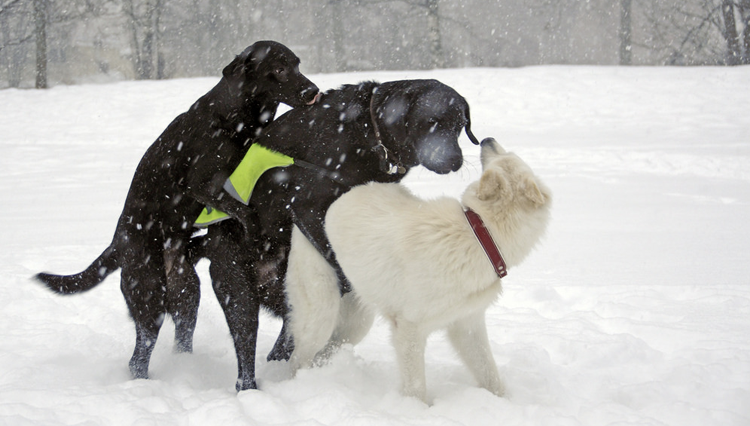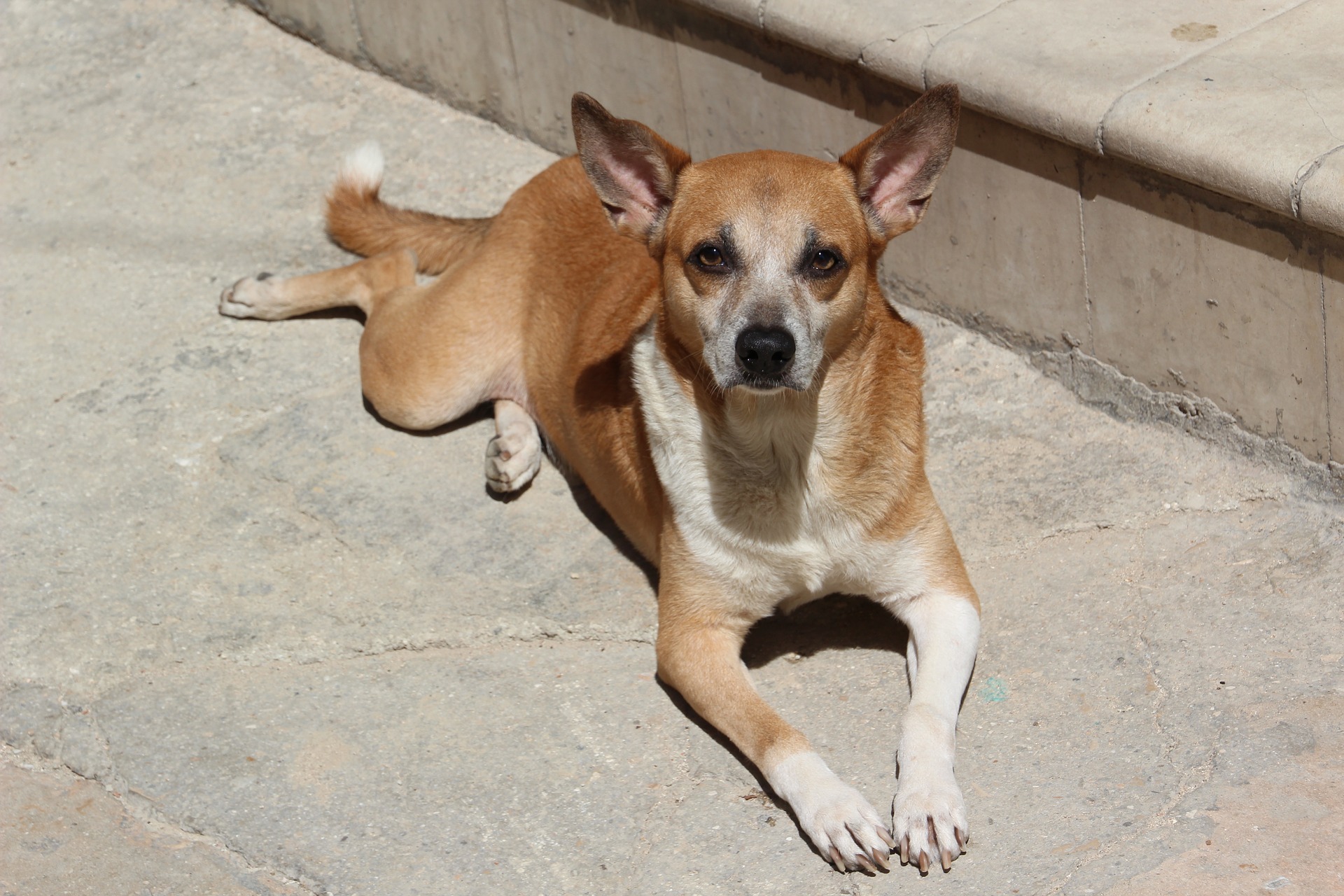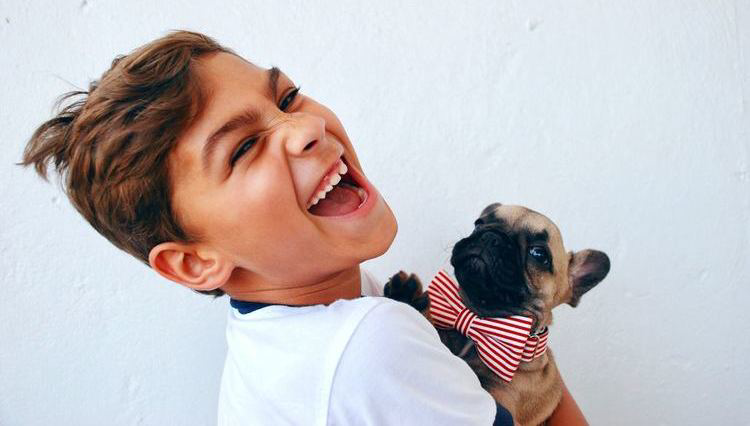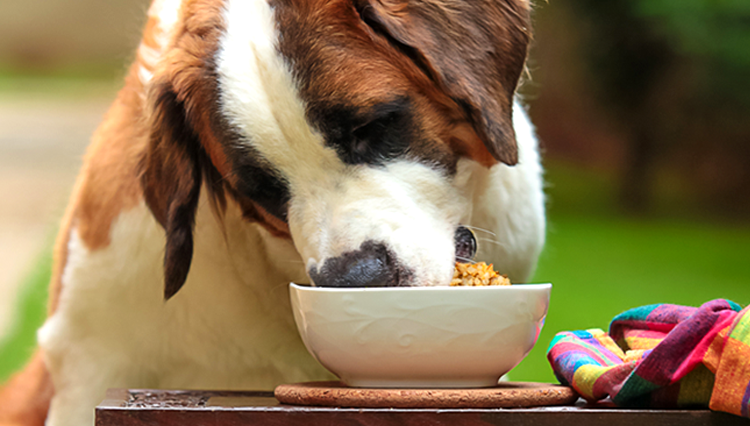It is very common to see dogs engaging in humping behaviour when they are introduced to other dogs. Both male and female dogs that are neutered or intact hump anything that is close to them. It can be other dogs, objects or even human arms and legs. So, unless your pet is specifically trained they will continue the habit.
Why do they hump a dog of the same sex?
Unlike humans, dogs do not discriminate and are not choosy. Male dogs hump other males and so do females with other females. Human behaviour in terms of relationships, are formed in the basis of moral values and ethics even fidelity. A dog’s needs are more basic. They hump other dogs be it the same sex or opposite to stimulate their senses and for immediate gratification.
Puppies hump for pleasure
Mounting and humping behaviour in dogs begin at the puppy stage itself around six weeks after the whelping period. As soon as they begin to move on their tiny legs they will start humping each other. But they do it as a way of socialising with their siblings. Once they reach the age of sexual maturity at around 6 months and 1 year of age is when their humping behaviour will be strongly laced with sexual need.
Both male and female dogs, intact and fixed, tend to masturbate. Once a puppy learns to stimulate their sexual organs, which gives them a pleasurable feeling, it can become a habit. Dog masturbation can be noticed in the form of excessive licking at their genital region and in mounting or humping behaviours. So, training must begin at an early stage to curb this habit of self-gratification.
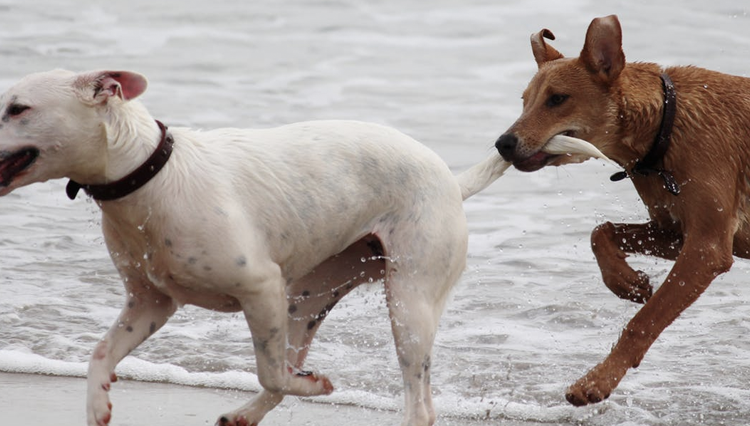
Why do neutered dogs hump?
Spaying and neutering a dog will curb their sex drive making them less aggressive and territorial but it does not remove the joy of stimulation. Male dogs that hump even after they are being neutered may be trying to assert their dominance in their social hierarchy. Neutered male dogs can hump dogs of the same sex or the opposite which can be controlled through training, attention or distraction.
Dogs may result in humping behaviour as a result of stress and anxiety
Dogs bark, howl, yelp or dig up the house when they are stressed. If they are not trained that humping behaviour is an unacceptable response, it can become an easy way of stress relief. If you have a single dog at home and find that your male dog humps other male dogs they come in contact with, either on the road or at the park, then it is just their way of dealing with anxiety when they establish contact with other dogs. It can lead to an unwanted and very often an awkward issue if it leads to fights and display of aggression.
If you want your dog to stop humping objects in your home then you must train them not to do so. So, find out if they have enough toys to play with and ensure they get enough exercise every day. Distraction and redirection strategies must be used if their humping behaviour gets rather excessive. You can play a game of tug of war or catch and fetch the moment they begin to hump. It will distract them and you can reward them for stopping.
Medical problems can cause humping behaviours
If your dog shows excessive humping behaviour along with licking their erogenous zones it can be a sign of health problems. A dog that is humping repeatedly can be suffering from allergies or urinary tract infection. Male dogs in particular that are suffering from urinary problem can resort to seek relief from their condition by humping.
So, if you notice such signs in your pet then you must take them to the vet to have them professionally checked.
The final verdict – male dog humping if not excessive is normal
The sexual act that promotes reproduction is a gift of nature. Your dog is not homosexual. That is a concept that is designated only to the human world. A number of species that includes dogs do indulge in same sex behaviours that have nothing to do with procreation.
So, if you notice your male dog humping objects or other male dogs occasionally then it’s ok. That’s normal. If you notice it early then through effective training you can control their humping behaviour from turning into a destructive problem. If you notice humping behaviour in your senior pet then you must take them to the vet as they could be suffering from a health condition.
